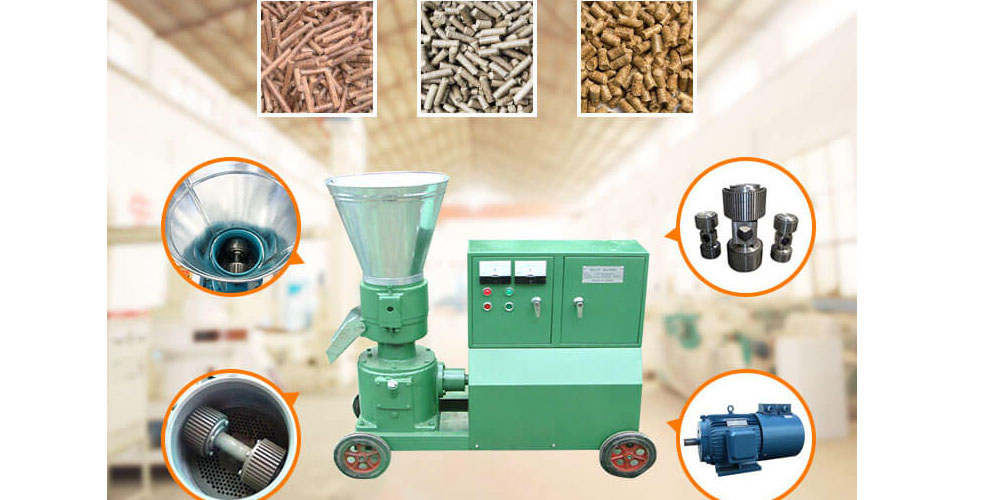A pellet mill, sometimes referred to as a pellet press, is a machine press used for creating pellets. The pellets are usually made from powdered raw material. The machines are usually used for making wood pellets used in stoves and livestock feeds. This excerpt looks into the components of a pellet mill.
Components of a pellet mill
The following are some of the most common components of a pellet mill;
1. Hooper
The hooper is one of the essential components of a pellet mill. The role of the hopper is to receive feedstock. The hopper also acts as a reservoir for maintaining raw materials. An operator must ensure that the reservoir has enough raw material for a sustainable flow during the operation of the machine. The best pellet mill hoppers are designed to store at least twice the capacity of material that the mixer can accommodate. This component is usually placed above the other pellet mill components. This position is intended for taking advantage of the force of gravity.
2. Cutting blades
The cutting blades are usually located outside the die area. The role of the cutting blades is to cut the feedstock into the right length. The blades ensure that the pellets feature the right size for the rest of the process.
3. The roller
This component is usually made of a superior steel alloy. The strength of a roller is important for prolonging the durability and functionality of the machine. The roller is typically located on a roller shaft. The two components rotate as the milling process continues. The roller is in charge of producing a grabbing force for the raw materials. The roller usually revolves on its axis under the fraction with the products (raw materials).
4. Die
The pellet die is the part of the mill used for pelletizing the raw materials into cylindrical granules. The raw materials are usually ground before the process. Naturally, the die and the roller work together to enable the production of the pellets.
5. Die holes
The role of the die hole is to allow for raw materials to be molded into uniformed wood pellets. It is worth mentioning that there are different types of pellet mill die holes, depending on the type of mill.
6. Power source
All pellet mills also need a power source. This is because the process is quite energy-intensive. The power source can be an electric motor or diesel engine, depending on the type and brand of the machine. The power sources typically feature an adequate capacity to manage the mill’s processing mill.
7. Gears
The role of the gears is to relay the power generated by the power source to the die and the rollers. The gears also help impart rotational force to the machine. It is worth mentioning that the gearing materials usually differ from one type of pellet mill to the next. The different gearing materials offer different rotation speeds for the dies and rollers.
Conclusion
The components of a pellet machine usually differ from one pellet mill to the next. The materials used to make the components and their designs may also differ. However, the components listed above remain constant in all types of pellet mills.
